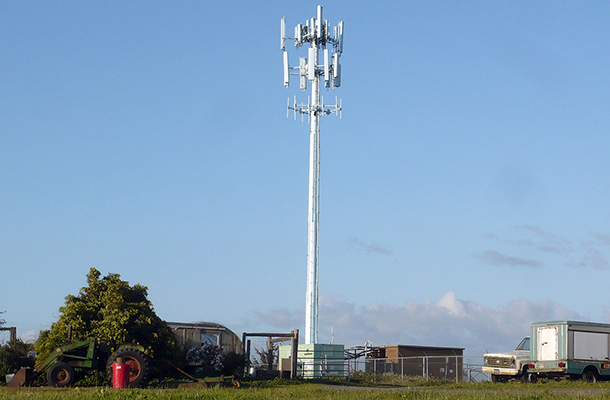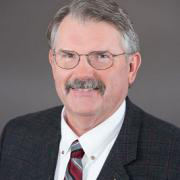
Cell tower in Humboldt County, California (Photo Credit: Ellin Beltz)
The economic renaissance in California over the last decade has been robust, but not evenly widespread. While the Golden State leads the nation in a number of industries, the rural-urban divide is greater than ever. Bob Williams is a Tehama County supervisor and former chair of the Rural County Representatives of California (RCRC), a 35-county service organization that champions policies on behalf of California’s rural counties.
California is unequivocally rural, yet those of us who live in rural California often feel forgotten. Rural California accounts for 55 percent of the state’s land mass but only 9 percent of the population. As a result, our voice is often drowned out in Sacramento by more populous regions with more readily available financial resources.
We are pleased to participate in this conversation—Elevate CA—initiated by the California Economic Summit, because lifting more people into the middle class is an imperative. The Summit has been successful in large part because it knows that California is made up of distinct regions, all of which have unique challenges.
And rural California has some challenges very different from those of urban California.
When I graduated from high school, young people had legitimate opportunities, and distinct paths to a career. They could go to college, as I did, or they could immediately go to work—which was plentiful. There were seven sawmills in Tehama County, offering well-paying, consistent work for those interested.
Today, the sawmills are gone—as are the well-paying jobs that went with them.
These secondary opportunities outside of college that existed when I was a young man don’t exist for our young people today.
That’s what we are focused on—creating more opportunity for people in rural California.
One area of promise is the biomass industry that uses smaller trees, forest waste and even burnt trees to create value, such as nanofiber construction materials. It has exciting potential that can revitalize the manufacturing and forest-related jobs that once were plentiful in our region.
But there's still more work to do.
The digital divide—a lack of access to broadband that we often ascribe to poor urban areas—must also be addressed in rural California. To accelerate the creation of a 21st-century economy in any part of California, easy access to the power of technology is a must have.
The high cost of doing business in California is a higher disincentive for out-of-state employers looking at rural California. While rural communities are a good alternative for businesses already in California because of the availability of land and the affordability of housing, there are still obstacles: the need for a trained workforce, more housing, and, of course, an improved infrastructure to support the community.
We are studying how to utilize Enhanced Infrastructure Financing Districts (EIFDs) that were born out of the Summit, but are finding these tools aren’t as attractive a vehicle for us in my home county because of the relatively low land values we have here.
And two constant issues remain, both regarding how we manage the natural resources that abound in rural California.
First, upper watersheds need to be better managed for the benefit of all Californians. For those of us who live near the water supplies that the Central Valley uses to grow the crops to feed the world and slake the thirsts of those who live in California’s metropolitan areas, we want to make sure that we aren’t left behind when the state discusses, and ultimately makes investments in water infrastructure.
The federal government can help too. Over the last four decades, the U.S. Forest Service has evolved from a conservation organization committed to keeping the forests healthy, to an organization that spends its money fighting fires—fires that are becoming hotter and more destructive because our forests are overgrown, not healthy, and not reproducing as they should.
 The greater distances, lower population densities, and geographic diversity of RCRC's 35 member counties create obstacles not faced by their more urban or suburban counterparts. For those reasons, “one-size-fits-all” policies don't work, especially when the “size” typically is a more metropolitan model.
The greater distances, lower population densities, and geographic diversity of RCRC's 35 member counties create obstacles not faced by their more urban or suburban counterparts. For those reasons, “one-size-fits-all” policies don't work, especially when the “size” typically is a more metropolitan model.
We’ll keep working to make our voice heard—and are pleased to be part of the conversation the Summit has started about how we can identify policies that can help lift the 18-million Californians who live in or near poverty because some of them live right here in the rural part of the state.

